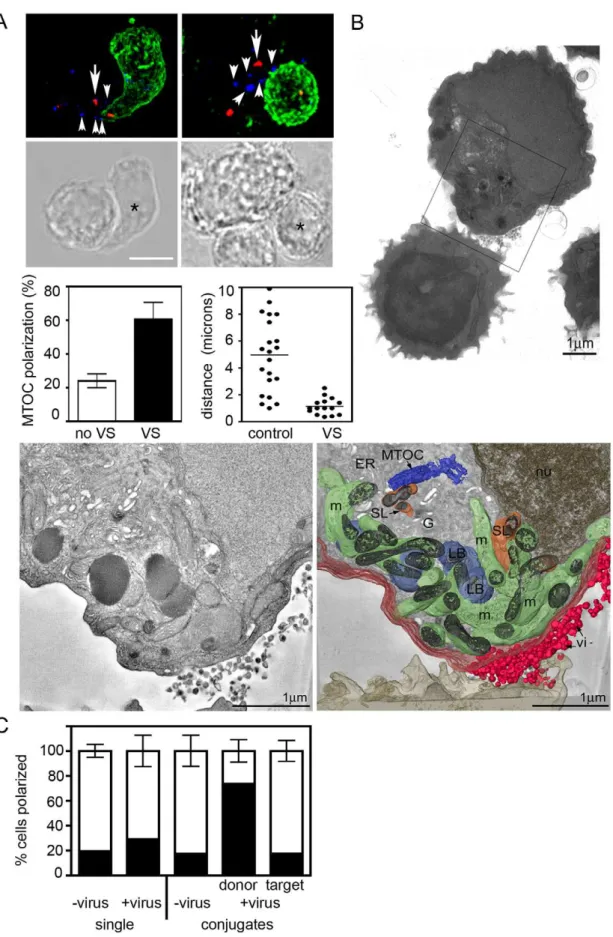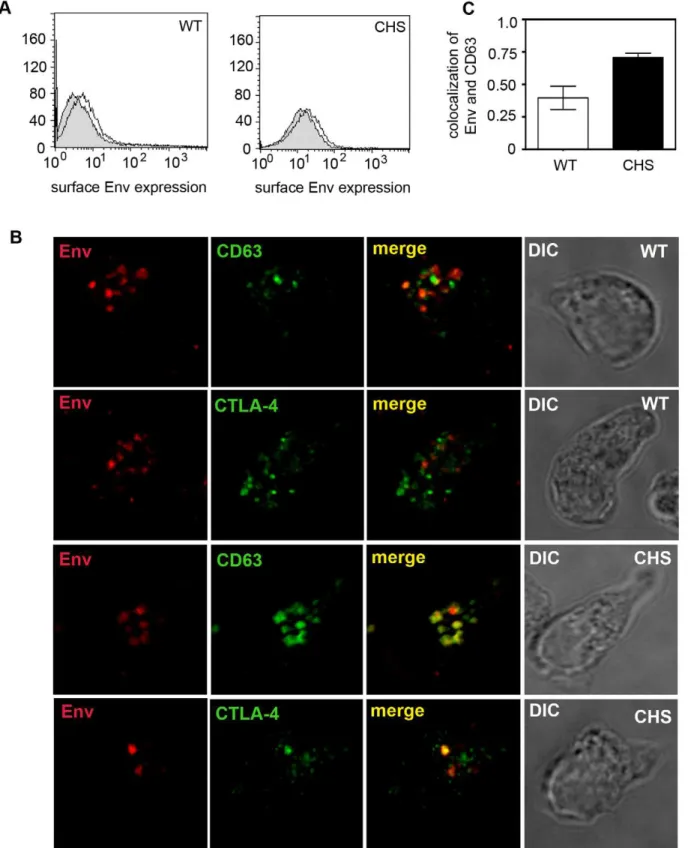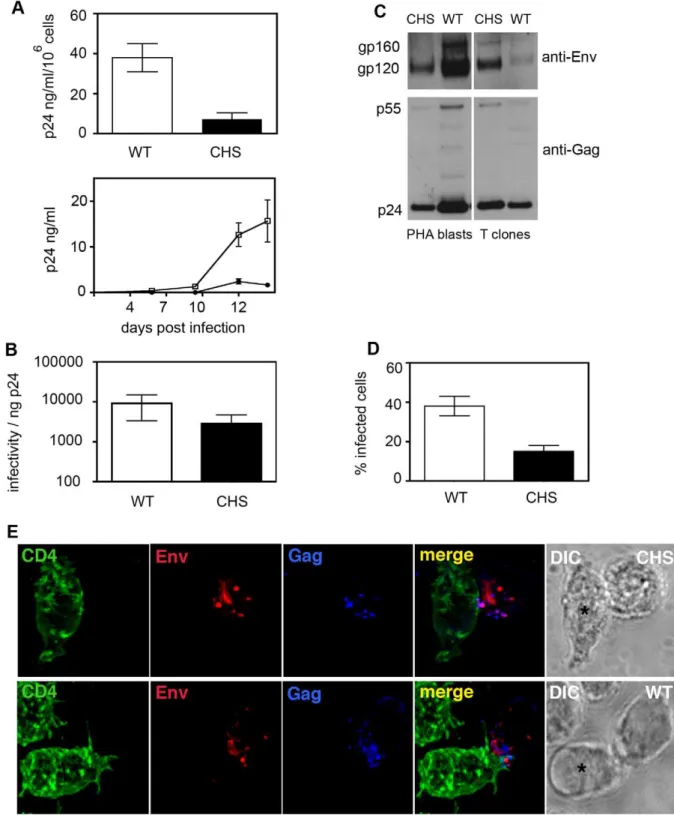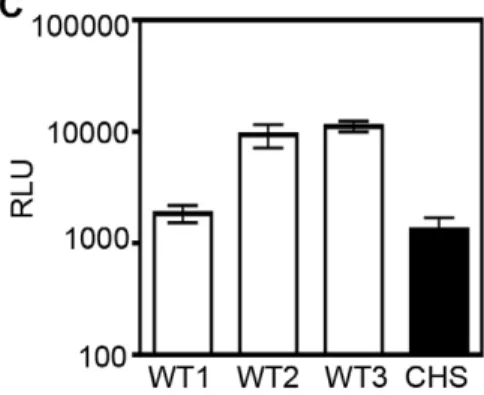The regulated secretory pathway in CD4(+) T cells contributes to human immunodeficiency virus type-1 cell-to-cell spread at the virological synapse.
Texto
Imagem




Documentos relacionados
Seroprevalence and Risk Factors for Human T Cell Lymphotropic Virus Type 1 and 2 Infection in Human Immunodeficiency Virus-Infected Patients Attending AIDS Referral
Muitos nomes dados aos sítios referem-se às caraterísticas que estas terras têm em relação aos mares ou a fenómenos mineralógicos. Esta área envolvente não
OBJETIVO Atendendo à diversidade de fontes de variabilidade na atividade muscular, do elevado número de variáveis associadas à atividade muscular e do registo de
Medidas educativas quanto à necessidade de treino específico também são importantes entre indivíduos que praticam a dança sem intuito profissional, visto que força
For Melipona scutellaris, we observed that virgin queens were executed when they were between 5 and 9 days old, while newly emerged queens were not attacked.. The faster movements
In order to assess the human immunodeficiency virus type 1 (HIV-1) drug resistance mutation profiles and evaluate the distribution of the genetic subtypes in the state of Rio
The analysis of genetic data for human immunodeficiency virus type 1 (HIV-1) and human T-cell lymphotropic virus type 1 (HTLV-1) is essential to improve treatment and public